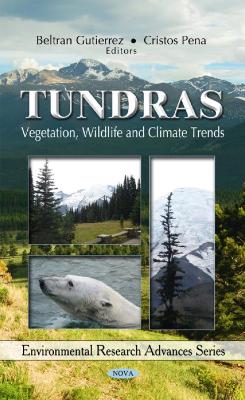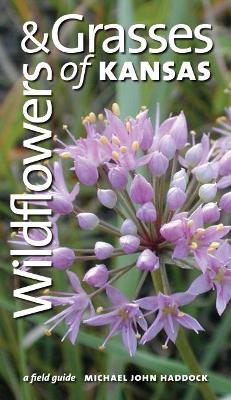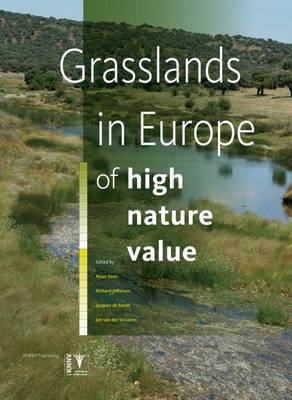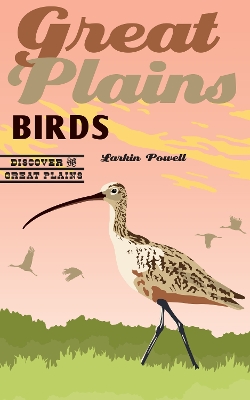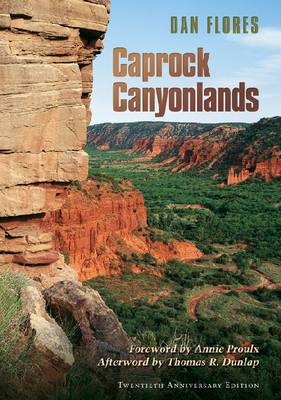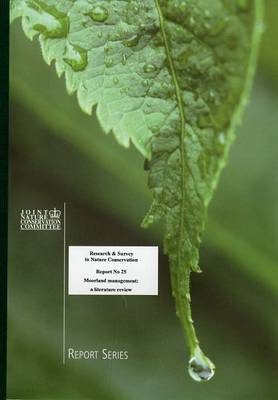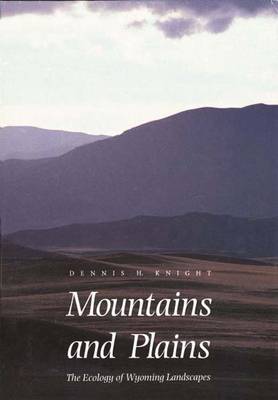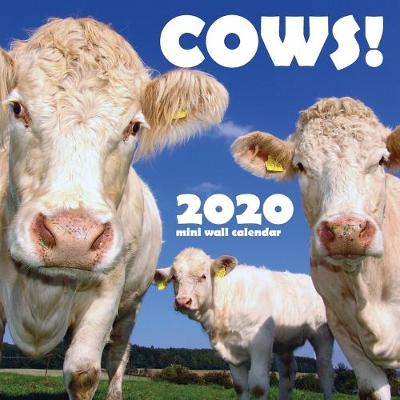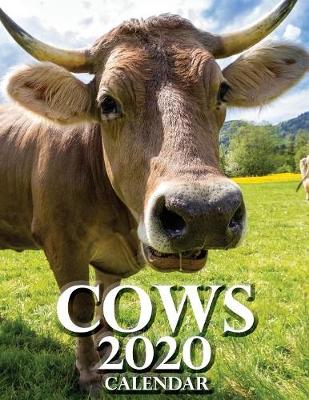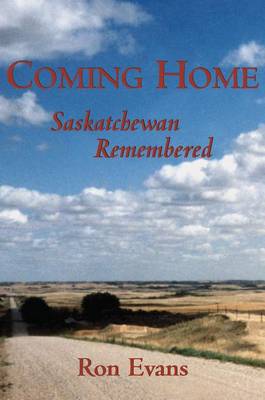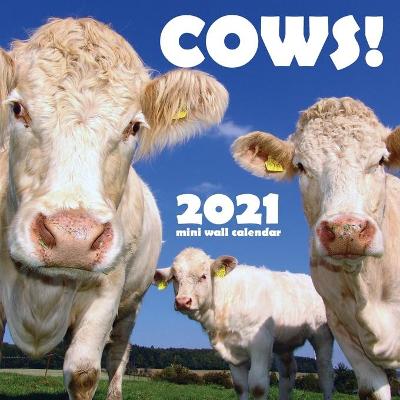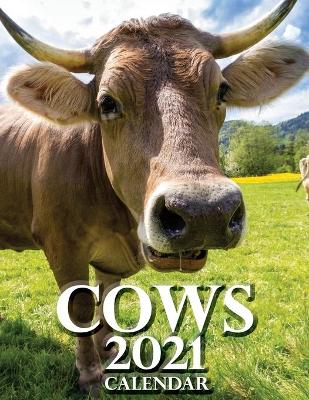Tundras
Tundra ecosystems are seriously affected by global climate change. Understanding tundra history and post-glacial development may enhance the ability of biologists to anticipate biotic responses to current environmental changes. In this book, the authors analyse changes which have occurred in a vegetative cover and aboveground fauna of vertebrates at Yamal peninsula, one of the greatest plains on the globe. The authors also evaluate pedogenetic processes, soil nutrient status and plant distributi...
How do you know when you're face to face with a fringe-leaf ruellia? Is that particular flower button gayfeather or dotted gayfeather? And what about the pod clinging to your pants-could it have come from a pointed-leaf tick-trefoil? For anyone venturing out into the wilds of Kansas and contiguous states, identifying plants just got a whole lot easier. This is the first book on Kansas wildflowers or weeds to appear in 25 years. It supersedes earlier guides not only in the number of species it in...
Grasslands (Geography Detective S.) (Geography Detective)
by Philip Steele
Describes grasslands of the world, including the plants, animals and people found there. Suggests activities and questions for discussion and presents case studies of specific grasslands.
Grasslands in Europe
by Peter Veen, Richard Jefferson, Jacques De Smidt, and Jan van der Straaten
When the government recently tried to abandon its responsibility to protect what little remains of the natural prairie, Trevor Herriot pushed back, only to discover an injustice haunting the lands he was trying to defend. In 1938, when the Métis of Ste. Madeleine returned from working away, they found their homes burnt to the ground and their animals shot. The land they held in common was no longer theirs, but was now controlled by the federal government. Facing his own responsibility as a desc...
2020 Nebraska Book Award The Great Plains is a well-known and well-studied hybrid zone for many animals, most notably birds. In Great Plains Birds Larkin Powell explores the history, geography, and geology of the plains and the birds that inhabit it. From the sandhill crane to ducks and small shorebirds, he explains migration patterns and shows how human settlements have affected the movements of birds. Powell uses historical maps and images to show how wetlands have disappeared, how grassla...
Twenty years ago, Dan Flores's Caprock Canyonlands became one of the first books ever to treat the flat, arid landscape of the southern High Plains as a place of uncommon beauty and enduring spirit. Now a classic, Caprock Canyonlands has been favorably compared by readers to the work of such icons of nature and environmental writing as William Bartram, Aldo Leopold, John Muir, and Henry David Thoreau.Containing the author's stunning photography, a foreword by Pulitzer Prize–winning author Annie...
Moorland Management (Research and Survey in Nature Conservation, v. 25)
by M.A. Mowforth and C. Sydes
The Great Plains, the Rocky Mountains, and the intermountain basins in Wyoming and adjacent states contain a rich diversity of plant and animal life. Knight, an eminent ecologist, presents the abundance of this natural environment in a detailed study, which includes over 180 illustrations, maps and line drawings. The introduction surveys the diverse environments in the region and their geologic history. Subsequent chapters focus on riversides, lowland plains and basins, foothills and mountains,...
Steppes: The Plants and Ecology of the World's Semi-Arid Regions
by Michael Bone, Dan Johnson, and Panayoti Kelaidis
This is the ideal book for botanists or sustainable gardeners interested in the fascinating ecology of the steppe regions of the world. Packed with stunning photographs that illustrate the unique beauty of the steppe regions.
* Pasture grasses and legumes; their species, varieties and their roles as fodder and in the soil, including the bacterial innoculatin of legumes. * Weeds and pest species; their lifecycles and effect on pastures, plus what to use to control or resist their impact. * Tillage and sowing techniques * Soil testing and fertiliser requirements Fodder conservation is also covered with much valuable advice on: * Fodder species * Mowing times * Conservation techniques and machinery * Storage measures.
Lowland Acid Grassland: a Rare and Unique Habitat
